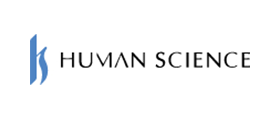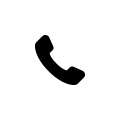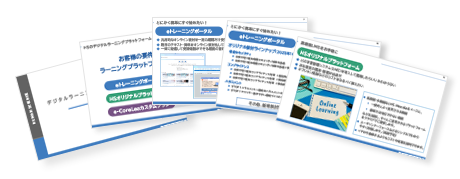2022.04.11
"What is an e-learning material compliant with SCORM?"
Recently, we have been receiving more inquiries regarding the migration of LMS.
In particular, many clients have been asking for advice on how to use their existing e-learning materials on the new LMS.
We also often receive inquiries on how to create new materials for the new LMS.
This time, we will introduce "SCORM" which is important when transferring e-learning materials to a new LMS or creating new ones.
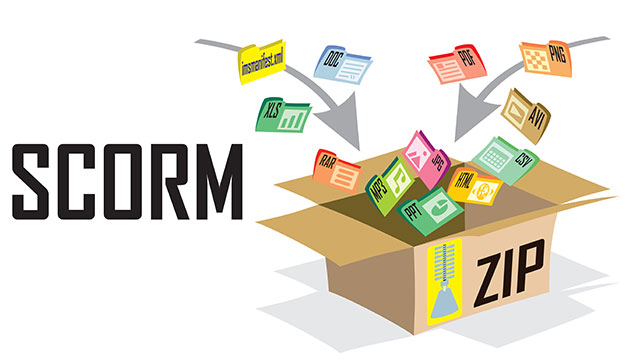
1. What is SCORM?
SCORM stands for "Sharable Content Object Reference Model" and is the name of a standard for standardizing e-learning. It is advocated by ADL, a US Department of Defense organization, and is being promoted for adoption worldwide.
One of the benefits of complying with SCORM is "compatibility". Compatibility means that even with different LMS, the same materials can be used if they comply with SCORM.※
※: In reality, individual adjustments may be necessary for each LMS. Therefore, we listen to our customers' requests and also ask about the names of LMS, and propose the best response.
Therefore, when we receive inquiries from customers about migrating to LMS or replacing teaching materials, there are always questions about SCORM in the initial hearing. Of course, there are various inquiries related to SCORM. Here are some examples.
• There are a large number of materials that comply with SCORM, and I want to continue using them even after the LMS migration, but I can't install them properly.
• I don't know if the existing materials comply with SCORM.
• I want you to support it because the version of SCORM that is compliant with the existing materials is different between the old and new LMS.
• I want to make the existing materials compliant with SCORM.
• Is there a tool that can easily create SCORM materials?
• I want you to develop materials using the tool recommended by the new LMS.
• The materials for the old LMS do not need to be transferred, but I want you to develop new materials that can be installed in the new LMS.
2. What is e-learning material that conforms to SCORM?
The term for e-learning materials that comply with SCORM is expressed as "SCORM compliant", "SCORM-enabled", or "SCORM material".
SCORM conversion of materials refers to adapting them to a standardized system.
So, what does an e-learning material do when it is SCORM-compliant and installed on an LMS?
There are two main functions:
1) Pass information about the structure of the material to the LMS (determining how it is displayed and the learning sequence)
2) Pass learning history (progress, test scores, pass/fail, learning time, etc.) to the LMS
We will now explain these.
3. Structure of SCORM Materials
The standard configuration for SCORM materials is as follows:
・Manifest file
・Course HTML file (SCO)
・JS files and other configuration data
The manifest file contains information about the structure of the teaching materials.
When the teaching materials are displayed on the LMS, you can check the structure (table of contents), and this information is provided by the manifest file.
In addition, the mapping between the items on the table of contents and the actual teaching material data (e.g. Chapter 1, Section 1 is file 0101.html) is also described in the manifest file.
The instructional HTML file is the main body of the instructional material (the so-called "content" such as explanations and tests). It is based on an HTML file.
Within the instructional material, the smallest unit is called an "SCO" (pronounced "sko"). The range that constitutes one SCO varies depending on the instructional material.
For example, the instructional material may be divided into three chapters, but each chapter is treated as one SCO and completion may require viewing all chapters. Alternatively, the material may be divided into units such as chapters and sections, with each unit (e.g. "Chapter 1", "Chapter 2", "Chapter 3", "1-1", "2-1", "3-1") being an SCO.
In the table of contents of the LMS, each SCO is presented as a link and serves as a learning unit. Therefore, it may be easier to think of the units separated in the LMS as SCO.
The way SCO is divided can be designed freely.
When creating instructional material at our company, the unit (division) of SCO is an important confirmation item in the initial design stage.
Usually, learning history is acquired in units of SCO.
And, the information on viewing passed from the teaching material side to the LMS side, and the file set for passing or failing judgment are combined to create a SCORM teaching material. These files are written using JavaScript.

4. How to Create SCORM Materials
So, how do you create SCORM materials?
If you are creating them from scratch, the easiest way is to use a tool that supports SCORM.
With tools like iSpring and Storyline, you can generate SCORM materials by simply specifying the settings. Depending on the tool, you can also set detailed settings such as how to retrieve history.
These two tools have an English interface, so you will need knowledge and confirmation about the necessary settings for the materials and the SCORM version to specify when exporting. Also, although there are limitations such as not being able to set multiple SCOs for one material, you do not need much specialized knowledge.
If the use of the tool is difficult, specialized knowledge is still necessary.
If you already have e-learning materials and want to use them, you need to investigate the situation of the data to determine the necessary response. In the case of migrating to an LMS, it is also necessary to check if the version of SCORM supported by the LMS is different between old and new.
In addition, SCORM is a technology that is part of the certification system recognized by the e-Learning Consortium Japan (https://www.elc.or.jp/) (SCORM technologist) and requires knowledge and skills.
5. Evolution of LMS
As mentioned earlier, in recent years, "LMS migration" has also been one of the trends in the e-learning industry.
Around 2000, when we started our e-learning content business, many well-known Japanese companies had released LMS.
Over 20 years have passed since then, and LMS has also changed with the times, and the roles it is expected to play have also changed.
In recent years, in addition to managing education, there has been a noticeable rise in the emergence of systems with more functions, such as "talent management systems" that also manage personnel information.
In addition, open source LMS such as Moodle and Totara have also appeared, increasing the options available.
The methods of introducing LMS have also changed. In the past, client companies would prepare for it by building their own dedicated servers, which required a relatively large amount of preparation and cost. However, now there are also LMS available as cloud services, and it is not uncommon to use them for a limited period of time. Overall, the situation is such that LMS can be introduced regardless of the size of the company using e-learning.
Unfortunately, there are also companies that have withdrawn from the LMS business, and it seems that the demand for replacement related support is also increasing due to such circumstances.
At Human Science, we offer various services to help our customers introduce and operate e-learning.
If you have any concerns, please feel free to contact us.
> e-Learning Material Production
> e-Learning Material Translation
> In-house Material Production Support
> Articulate Storyline, Studio Implementation and Creation Support Services
> Microlearning Implementation Support
> Flash to HTML5 Migration and Conversion
> Moodle and Totara Learn (Open Source LMS) Implementation and Operation Support
Contact Form: (https://hs-learning.jp/contact/)
Author:
Shizuko Sase
Education Solutions Department Production Group Writer
After joining Human Science, worked as a Technical Writer,
experienced in designing and writing product manuals and operation manuals.
Subsequently, engaged in writing and directing e-learning material manuscripts.
Involved in the production of approximately 200 educational materials so far.
Contact Us:
Phone Number: 03-5321-3111
hsweb_inquiry@science.co.jp
Introducing case studies of companies that have adopted our servicese-Learning Service
Case Study Collection
From support for introducing e-learning to creating materials, Human Science offers a variety of services related to e-learning.
In this case study collection, you can see examples of how 5 companies have used our services. Please take this opportunity to download it.
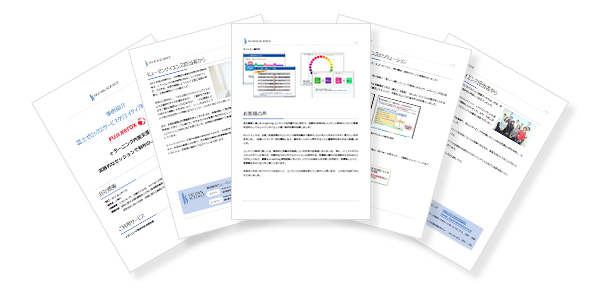
[Introduction Company]
- FUJIFILM Service Creative Corp.
- NIPPON DENSETSU KOGYO CO.,LTD.
- Sanken Electric Co., Ltd.
- The Open University of Japan
- Okinawa Institute of Science & Technology Graduate University
5Introducing Case Studies
Latest Blog
- 2024.04.02
- English Learning Using Moodle and ChatGPT




